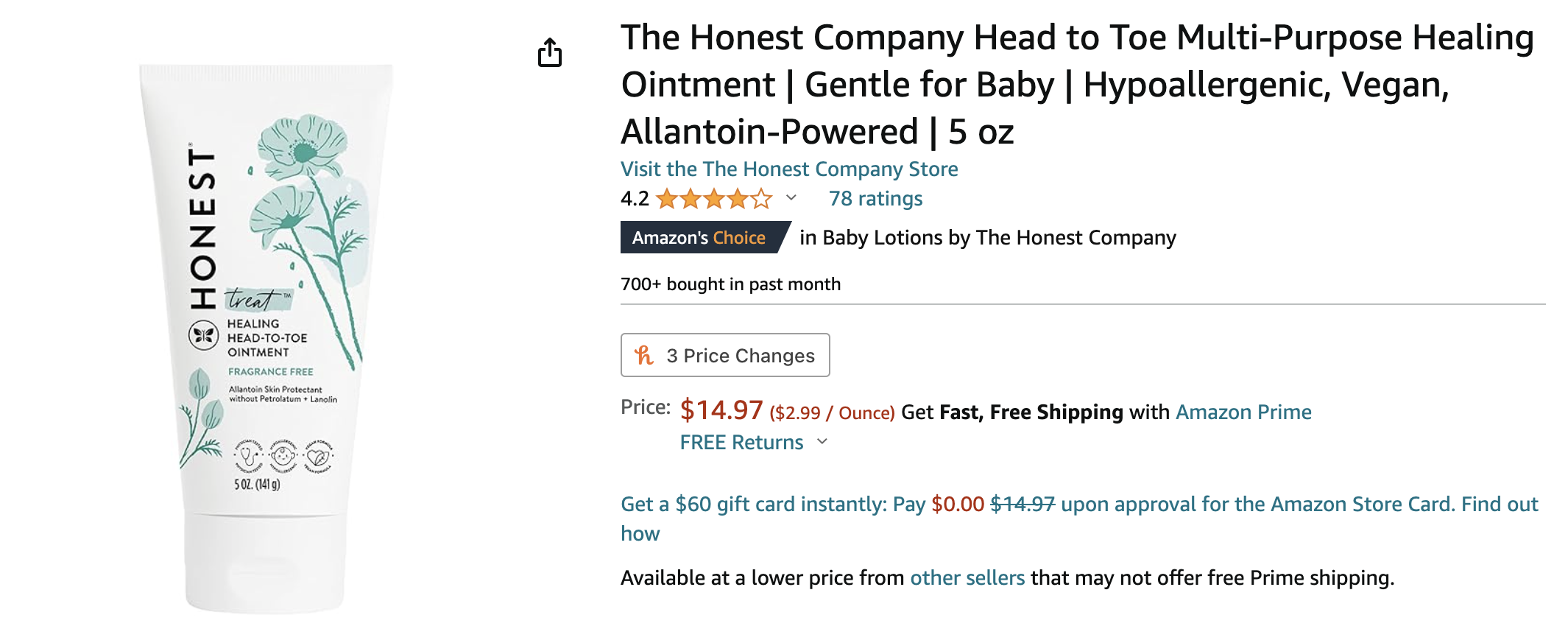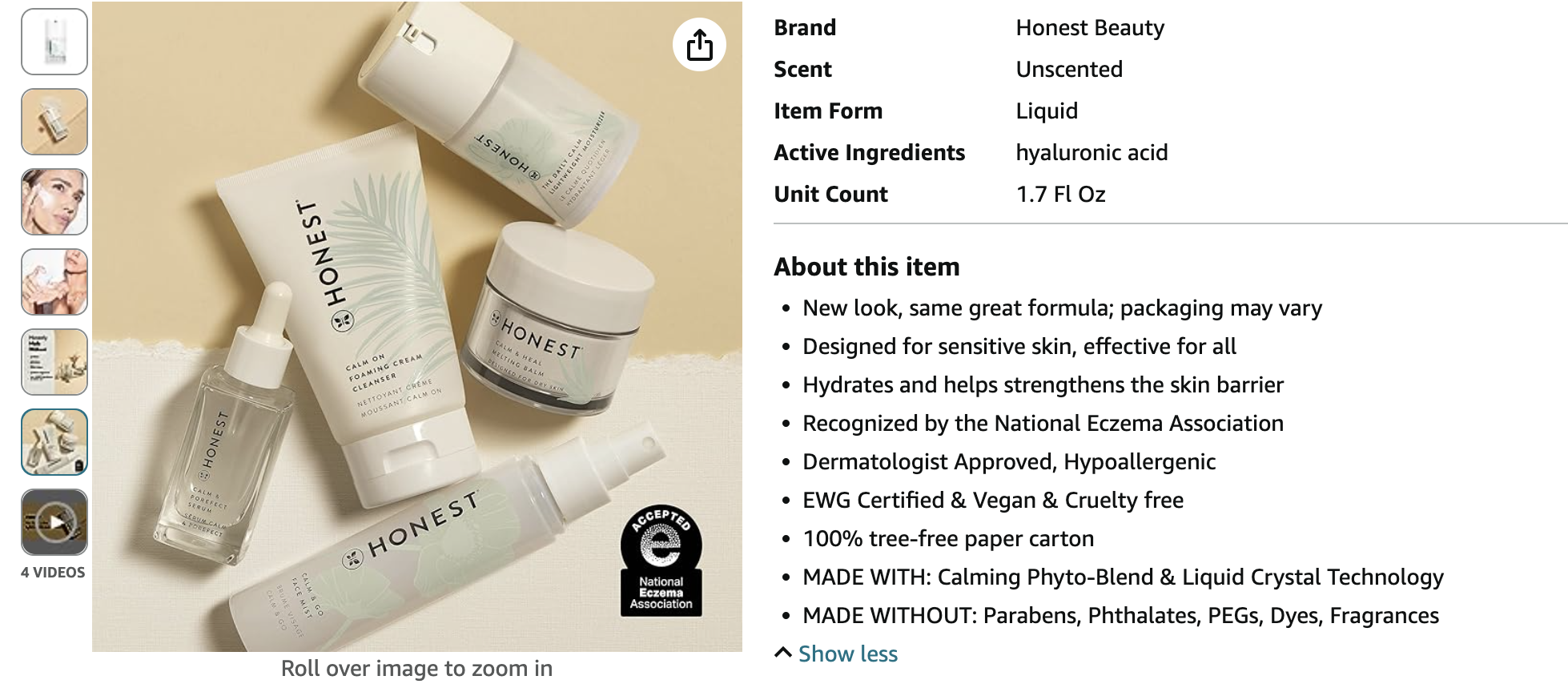Amazon isn’t just a platform; it’s a digital marketplace powerhouse where the right strategies can propel your products to the forefront. Here are six secrets to unlock peak visibility and skyrocket your sales:
- Understanding Amazon SEO
- Mastering Title Creations
- Strategic Keywords
- Crafting Compelling Descriptions
- Prioritizing Customer Reviews and FAQs
- Implementing Compelling Visuals
1. Understand Amazon SEO Fundamentals
Amazon SEO is the unsung hero that can elevate your product rankings, driving traffic, boosting visibility and ultimately increasing conversion rates. In a landscape where 63% of online shoppers initiate their product searches on Amazon, navigating the A10 algorithm is crucial.
The A10 algorithm, succeeding the A9, plays a pivotal role in determining product visibility. Unlike its predecessor, A10 prioritizes accurate search results over sheer profitability, emphasizing factors like seller authority, inventory depth and varied product categorization.
Seller authority, shaped by positive feedback, tenure and efficient handling of returns, takes precedence with A10. Diversifying inventory and strategically placing Amazon links on external platforms contribute significantly to higher rankings. While professional photos and refined copy enhance click-through rates, conversion rates and consistent organic sales are equally crucial.
To harness the full potential of A10, employ professional photos meeting Amazon’s standards, refine copy with relevant keywords and prioritize off-site traffic for organic Google rankings (more on these below). Discounts and promotions hold less sway—instead, focus on external traffic sources like influencers and bloggers. Implement competitive pricing rules without engaging in price wars, and relentlessly pursue positive reviews to build trust. Navigating A10 may take time, but mastering its nuances is key to staying competitive in the dynamic world of Amazon SEO.
2. Master the Art of Optimizing Titles
In the blink of an eye, your product title must captivate potential buyers. Optimization is the key, adhering to character limits, avoiding all caps and incorporating essential details. Amazon has specific guidelines for title styles across different product categories, so follow them rigorously to ensure maximum visibility and click-through rates. Your title is the first impression—make it count. Prioritize customer-centricity by strategically placing essential product information within the character limit, and consider the importance of brand positioning for maximum impact.
Avoid keyword stuffing and focus on relevant, high-impact keywords (around 5-10) to strike a balance between visibility and readability (see example below). Elevate your optimization strategy with a concise canonical URL clause, condensing your product description for enhanced SEO. Additionally, incorporate a captivating title stinger that encapsulates a crucial aspect of your product or brand. String these elements together cohesively to ensure readability and impact. Remember, Amazon title optimization is an ongoing, strategic dance that evolves with customer trends and algorithm changes. Regularly monitor and tweak your titles, keeping an eye on performance metrics, to navigate the nuances and set your products up for success in the competitive ecommerce landscape.

3. Leverage Strategic Keyword Placement
Hidden within your listing are the gems known as backend keywords or “Search Terms.” These hold the power to enhance your product’s discoverability. Optimize them by including generics, synonyms and relevant variations. Stay within the character limit, maintain a logical order and avoid unnecessary repetitions. This strategic placement ensures your product surfaces in the vast sea of Amazon searches.
Here are additional tips and tools to supercharge your keyword optimization:
- Utilize Amazon’s Keyword Research Tools: Leverage Amazon’s built-in tools like Amazon Keyword Tool and Brand Analytics to identify high-performing keywords related to your product.
- Competitor Analysis: Analyze competitor listings to identify relevant keywords they are targeting. Incorporate these insights into your own keyword strategy.
- Long-Tail Keywords: Don’t underestimate the power of long-tail keywords. These more specific phrases can attract highly targeted traffic and increase your chances of conversion.
- Monitor and Adjust: Regularly review the performance of your chosen keywords. Amazon provides data on which keywords are driving clicks and conversions. Use this data to refine your strategy over time.
4. Craft Compelling Descriptions and Bullet Points
High-quality product descriptions are the catalyst of conversion. Provide detailed information about features, usage and relevant details. Don’t underestimate the importance of the brand field, and always adhere to product listing guidelines. Bullet points, when crafted effectively, act as digestible nuggets of information that can sway potential buyers (see example below). It’s about more than just listing features – it’s about creating a narrative that sells.

5. Prioritize Customer Reviews and Q&As
In the world of Amazon, positive customer reviews are the currency of success. Focus on delivering a quality product, utilize Amazon’s review request features and consider automated solutions to streamline the process. Positive feedback not only builds trust but also significantly influences potential customers. Embrace customer questions and provide prompt, helpful answers. This interaction builds a community around your product and enhances its overall reputation.
6. Visual Impact: Good Product Pictures Matter
A picture is worth a thousand words, and on Amazon, it can be worth even more. Maximize your visual impact with strategically chosen images. Showcase your product from various angles, include lifestyle shots and address potential objections through graphics. For example, The Honest Company includes multiple images and videos to give the shopper a full experience before buying (see below). Ensure your images meet Amazon’s size requirements, offering customers a closer look through the hover-to-zoom function. Visual appeal is a powerful tool in convincing buyers to take the plunge.

Want more helpful tips like these? Don’t miss the CommerceNext 2024 Ecommerce Growth Show, where 150+ industry-leading speakers will share invaluable insights on ecommerce trends. Register now to unlock a world of ecommerce possibilities!
FAQs:
1. What specific strategies can sellers employ to drive off-site traffic to their Amazon product listings to enhance their visibility and ranking within the A10 algorithm?
Sellers can drive off-site traffic to their Amazon product listings through various strategies, including:
- External Advertising: Utilizing external advertising channels such as Google Ads, Facebook Ads or influencer marketing to direct potential customers to their Amazon listings.
- Content Marketing: Creating valuable content such as blog posts, videos or social media content that directs viewers to their Amazon product pages.
- Email Marketing: Building an email list of customers or subscribers and sending targeted campaigns that link directly to their Amazon listings.
- Social Media Promotion: Leveraging social media platforms to promote their products and share direct links to Amazon listings.
- SEO: Optimizing their own website or blog content for relevant keywords that drive traffic to their Amazon listings through organic search.
2. How do sellers effectively manage and respond to negative customer reviews on Amazon, and what strategies can they employ to mitigate their impact on product visibility and sales?
Effectively managing and responding to negative customer reviews on Amazon involves several strategies:
- Timely Response: Respond promptly to negative reviews to demonstrate proactive customer service and show potential buyers that their concerns are being addressed.
- Professionalism: Maintain a professional tone in responses, addressing the customer’s concerns respectfully and offering solutions or assistance to resolve any issues.
- Customer Engagement: Encourage satisfied customers to leave positive reviews to help offset negative feedback and improve overall ratings.
- Product Improvement: Use negative feedback as an opportunity to identify areas for product improvement and take corrective action to address recurring issues.
- Flag Inappropriate Reviews: If a negative review violates Amazon’s guidelines (e.g., contains offensive language or false information), sellers can request its removal through Amazon’s reporting system.
3. Are there any notable differences in Amazon SEO practices or algorithms across different product categories, and if so, how do sellers tailor their optimization strategies accordingly to maximize visibility and conversion rates?
Amazon SEO practices and algorithms may vary across different product categories, but some general optimization strategies apply universally:
- Keyword Optimization: Conduct keyword research to identify relevant and high-performing keywords for product listings, including both primary and long-tail keywords.
- b. Optimized Product Titles and Descriptions: Craft informative and keyword-rich product titles and descriptions that accurately describe the product and its features while also incorporating relevant keywords.
- c. High-Quality Images and Visuals: Use high-resolution images and multimedia content to showcase products effectively and enhance the visual appeal of listings.
- d. Customer Engagement and Reviews: Prioritize customer engagement and encourage positive reviews to improve product rankings and credibility.
- e. Continuous Monitoring and Optimization: Regularly monitor performance metrics, such as search rankings, click-through rates, and conversion rates, and adjust optimization strategies accordingly to stay competitive in Amazon’s ever-evolving landscape.
Related Posts
-
The Ultimate Guide to Amazon Marketing Success in Ecommerce
For brands aiming to grow on Amazon, the platform offers…
-
The Ultimate Guide to Amazon Marketing Success in Ecommerce
For brands aiming to grow on Amazon, the platform offers…
-
The Ultimate Guide to Amazon Marketing Success in Ecommerce
For brands aiming to grow on Amazon, the platform offers…


